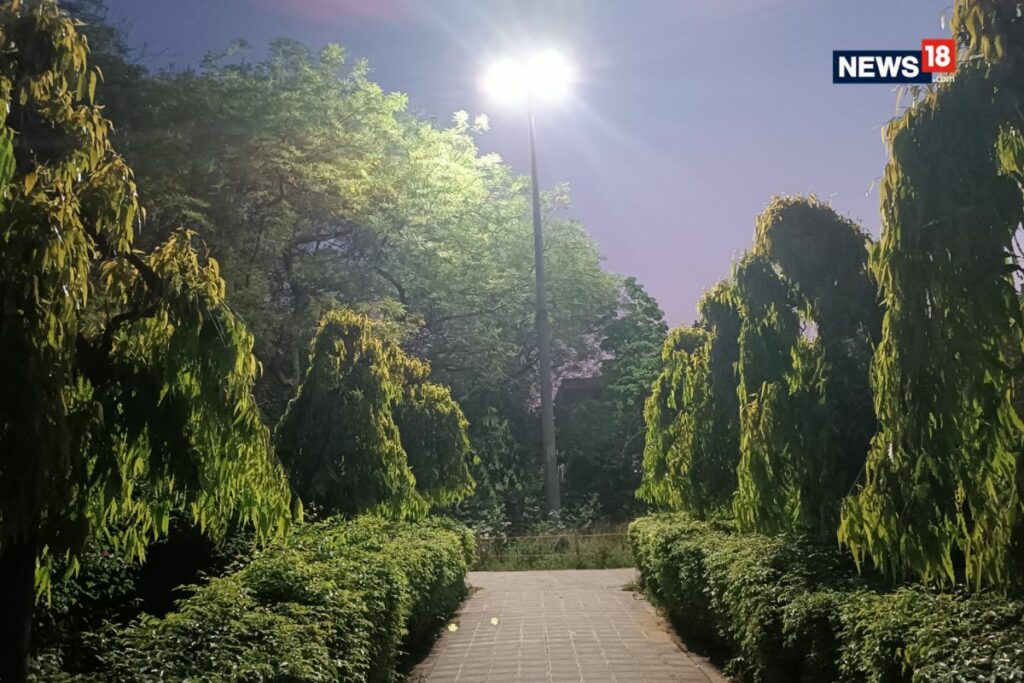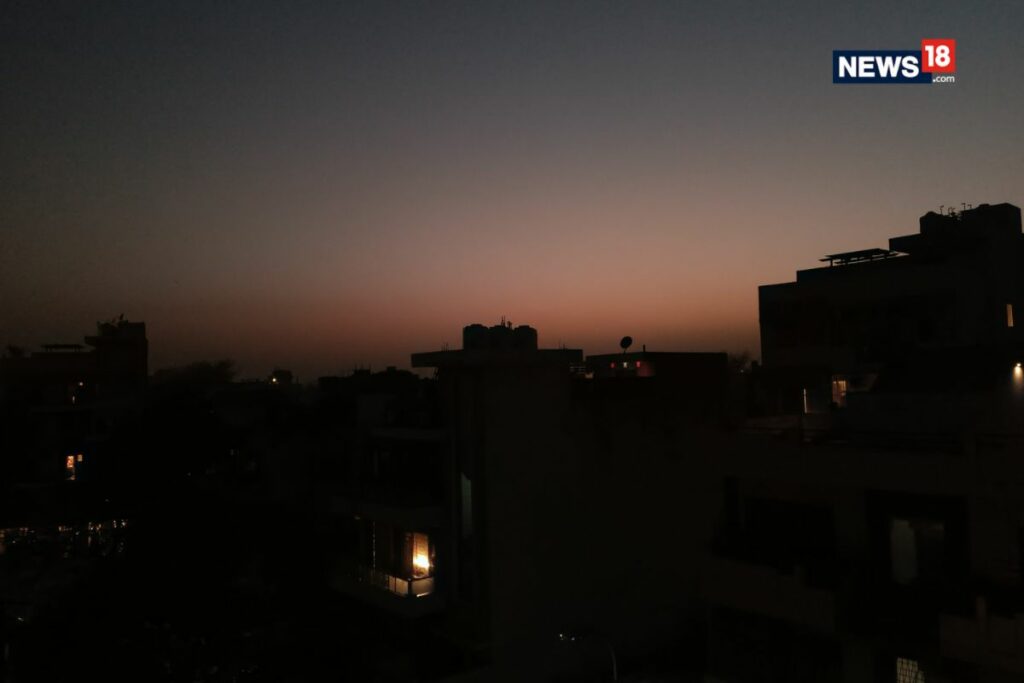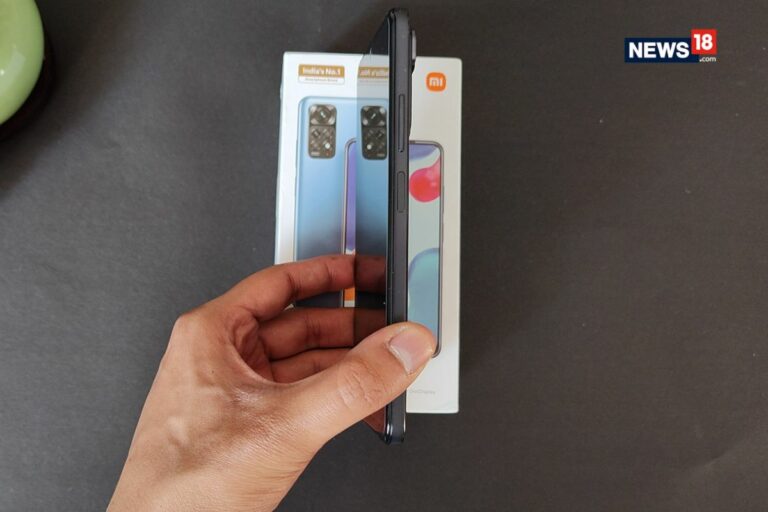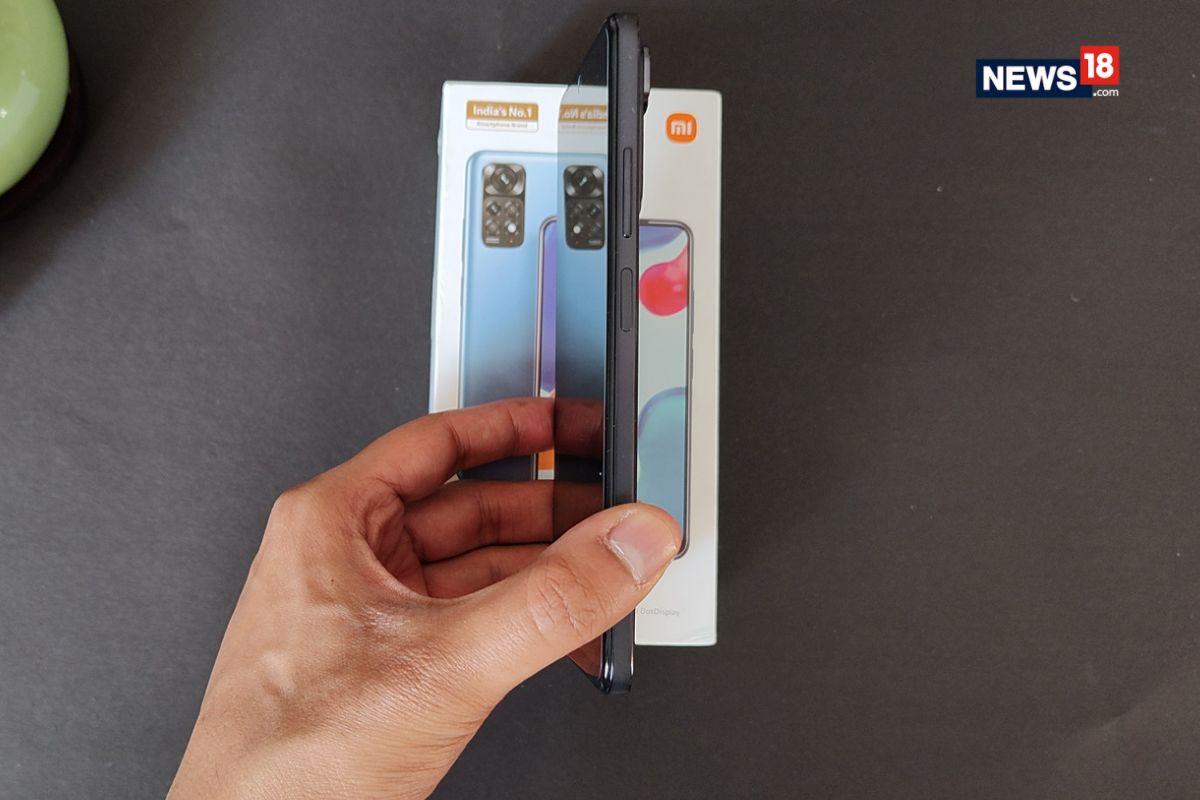
The Redmi Note 11S promises a lot for the price tag it carries. At starting Rs 16,499, the phone gets a 108-megapixel primary camera, 33W fast charging support, and a fairly big 6.43-inch AMOLED display with a 90Hz display. Of course, being a budget device, the phone makes some sacrifices – but overall, it is loaded with features, and the build quality is decent. However, buying a Redmi smartphone, especially from its popular Note series can get confusing. For instance, the Redmi Note 11 series currently include Redmi Note 11, Redmi Note 11S, Redmi Note 11T 5G, Redmi Note 11 Pro, and Redmi Note 11 Pro+ 5G.
The Redmi Note 11S is the only non-Pro version to feature a 108-megapixel primary camera. If that piques your interest, here’s what you need to remember.
Redmi Note 11S Price in India
The Redmi Note 11S comes in three storage variants and the price starts at Rs 16,499 (6GB RAM + 64GB), Rs 17,499 (6GB RAM + 128GB), and Rs 18,499 (8GB RAM + 128GB). We are testing the middle variant that comes in Space Black colour. However, customers can choose between Horizon Blue and Polar White options.
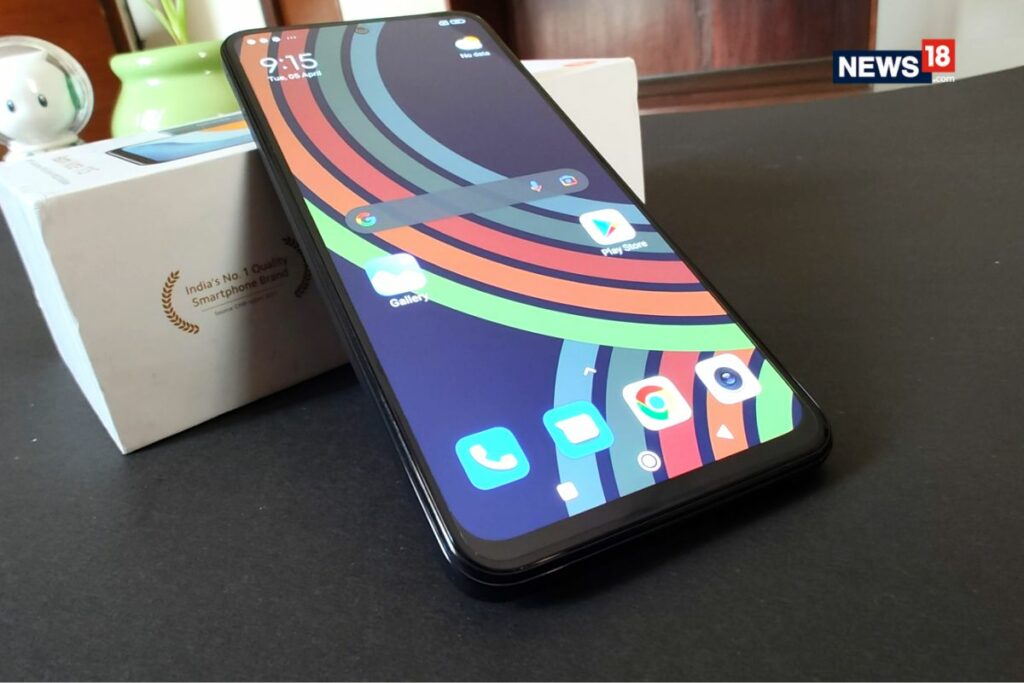
It is important to note the pricing as the Redmi Note 11 series aims to dominate the smartphone market at under Rs 20,000. In fact, users planning to upgrade their old budget smartphones will mainly look at devices between Rs 15,000 and Rs 20,000. This is where the confusion starts as well.
The regular Redmi Note 11 is priced at Rs 13,499 (4GB RAM + 64GB), Rs 14,999 (6GB RAM + 64GB), and Rs 15,999 (6GB RAM + 128GB). The 5G-enabled and budget-friendly Redmi Note 11T 5G carries a price tag of Rs 15,999 (6GB RAM + 64GB), Rs 16,999 (6GB RAM + 128GB), and Rs 18,999 (8GB RAM + 128GB). And of course, the Redmi Note 11 Pro+ 5G and Redmi Note 11 Pro that both feature a 108-megapixel primary camera carry a starting price tag of Rs 17,999 and Rs 20,999, respectively.
As you can see, the prices are carefully set so that users have an option to consider in every range. However, budget customers can consider the Redmi Note 11S, and the explanation is ahead.
Redmi Note 11S Design and Display
All Redmi Note 11 series smartphones look more or less the same, and the company continues to adapt its ‘EVOL’ design. It mainly applies to the rear camera module’s design and the placement of the camera sensors. Interestingly, ‘EVOL’ is ‘LOVE’ spelt backwards.
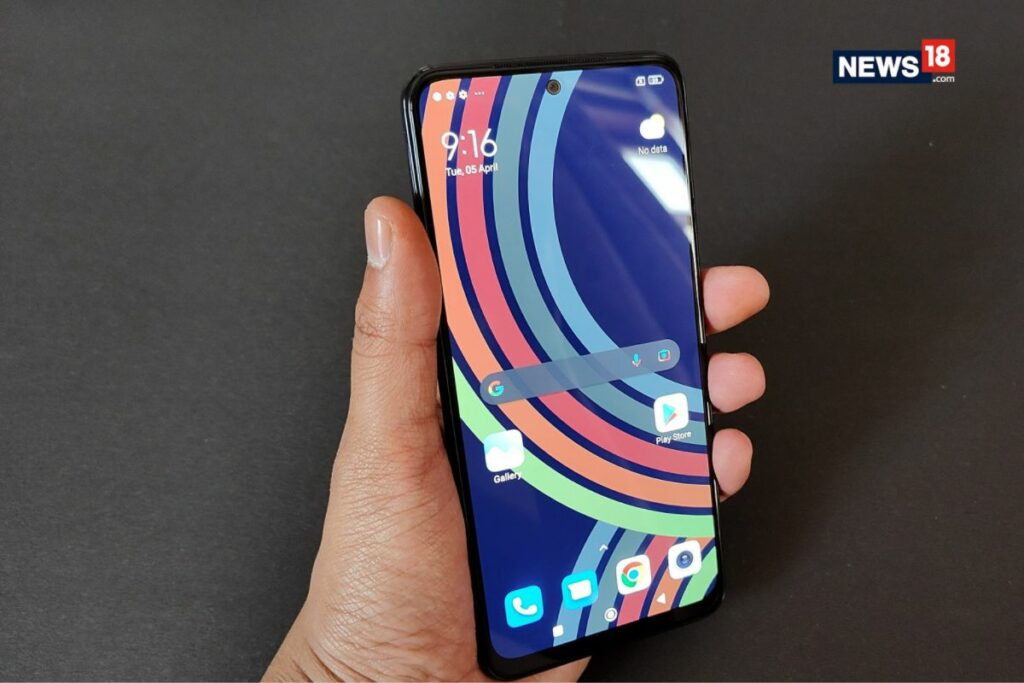
But unlike the Redmi Note 11T, the new Redmi Note 11S features flat edges with rounded corners. Its design takes inspiration from Apple iPhone 12 series, though many budget and mid-budget smartphones are adapting (or replicating) it. Otherwise, the phone does not look bad from any angle, and it is ergonomically more fitting to use. However, the rear camera module has a considerable bump and Redmi has now overused this EVOL design.
There are two speaker output channels – one at the bottom and the other at the top. Being a budget device, we get a 3.5mm audio jack, but there are no earphones inside the case. The power button doubles as a fingerprint scanner that is responsive with limitations. If your thumb is sweaty, the scanner won’t work in most attempts.
Speaking of the display, it is easily one of the best parts of this smartphone in this range. The colours are vibrant, and the screen is adequately bright under direct light. The refresh rate maxes out at 90Hz, which is still fine for this range. The MIUI 13 includes a handful of customisable display options; however, the automatic brightness adjust feature is underwhelming.
Redmi Note 11S Performance and Battery
The Redmi Note 11S comes with the MediaTek Helio G96 chipset that also powers the Redmi Note 11 Pro. The chipset that is designed for entry-level mid-range smartphones offers a lot except 5G connectivity. In the Geekbench benchmark, the phone scored 541 and 1889 points in the single-core and multi-core tests, respectively – fairly standard for phones in this range. In the 3DMark Wild Life Performance test, the Redmi Note 11S scored 1084 points with 98 percent stability and low fps, as one would expect from a budget smartphone.
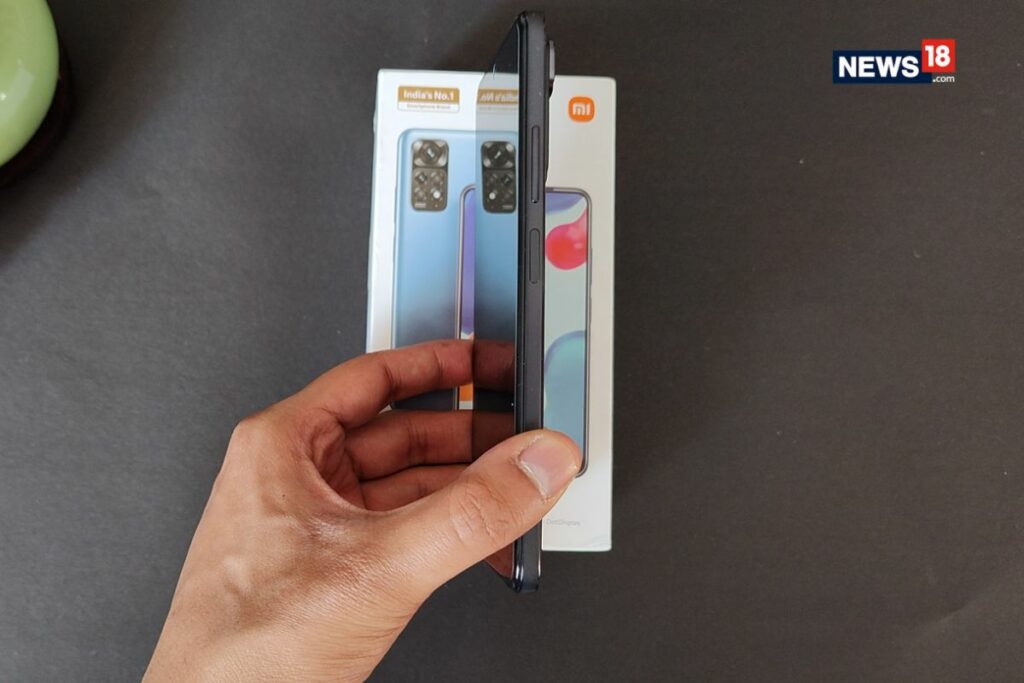
If we keep numbers aside, the Redmi Note 11S was able to perform most tasks without any stutters. Switching between multiple apps was smooth, and games like Asphalt 9 and BGMI ran with minor stutters. Don’t expect too much with Pokemon Unite and Call of Duty. However, the phone comes loaded with bloatware, and there are ads on the lock screen. The MIUI 13 is based on Android 11 and the UI still needs refinements.
It appears that the Instagram app for Redmi Note 11S is not optimised as videos recorded with the in-app camera had a strange stutter. I noticed this on the Redmi Note 11T 5G last year.
Lastly, the battery backup is excellent – as you’d expect from a 5,000mAh unit. The phone took roughly 1.2 hours to attain full charge with the bundled 33W charger. During our 12-hour Full-HD video loop test, the battery level dropped from 100 to roughly 60, which is quite impressive.
Redmi Note 11S Cameras
The rear camera setup on the Redmi Note 11S includes a 108-megapixel Samsung HM2 sensor, an 8-megapixel ultra-wide shooter, a 2-megapixel macro shooter, and a 2-megapixel depth sensor. As expected the 108-megapixel camera would gain a lot of attention but there’s a big catch. The primary camera offers reliable performance in the daytime, though the still images at night are simply average.

At night, the photos look flat, and the noise filtration leaves a pastel colour-like finish. Similarly, the details in still images with 108MP mode are basic – probably better than what you get with rival phones in this range, but definitely not out of the world. The videos shot with the main camera were decent, but the anti-shake feature needs improvements.
